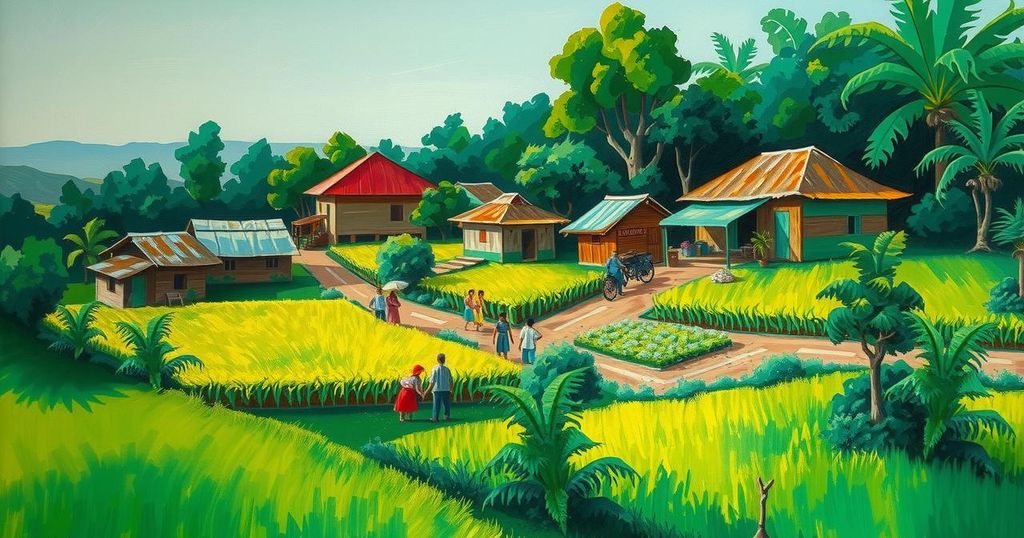Humanitarian Challenges in Southern Africa: A Snapshot as of January 2025
As of January 2025, Southern Africa is grappling with severe humanitarian crises driven by drought, flooding, disease outbreaks, and conflict, affecting 22 million people in need. The situation has led to widespread food insecurity, malnutrition among children, and water shortages. Humanitarian responses have been initiated, but funding shortages impede effective assistance to the affected populations.
In 2024, Southern Africa faced unprecedented humanitarian challenges due to significant climate events, including a severe mid-season dry spell, floods, cyclones, economic turmoil, and violent conflicts, resulting in 22 million individuals requiring urgent aid. A notable El Niño caused record drought conditions, while flooding in Tanzania exacerbated food insecurity, affecting about 45 million people across several nations, including Zambia, which declared a national disaster due to drought conditions.
Widespread malnutrition was reported, with over 4 million children under five years old needing treatment for stunting. The region also experienced serious water shortages, escalating the risks of waterborne illnesses, culminating in the worst cholera outbreak in a decade, with around 70,000 cases and over 1,374 deaths. Additionally, Mpox and measles outbreaks added to the health crisis.
Four severe tropical storms profoundly impacted the area, resulting in destruction and displacement, impacting 610,000 individuals. Key storms included Cyclone Belal in January and Cyclone Chido in December, which affected several nations, including Madagascar, Comoros, and Malawi. As a response to ongoing crises and conflicts in northern Mozambique, there are 829,000 internally displaced persons and 676,000 refugees in the region.
Humanitarian organizations intensified their response strategies, launching several Flash Appeals to mobilize resources and provide crucial assistance in countries like Zimbabwe, Malawi, Madagascar, and Zambia. Despite efforts made, a shortfall in funding continued to challenge the effectiveness of the humanitarian response.
The humanitarian context in Southern Africa as of January 2025 remains dire due to compounding climate-related disasters. The El Niño phenomenon has triggered severe droughts that have led to food scarcity and malnutrition. Concurrently, flooding and tropical storms have prompted states of disaster and considerable population displacement. The region is struggling with deteriorating health conditions due to rampant diseases and diminishing access to safe water, which has aggravated the humanitarian crisis.
The humanitarian situation in Southern Africa is characterized by multifaceted crises stemming from climate shocks, economic challenges, and conflict-related displacements. Urgent assistance is required for millions, particularly children suffering from malnutrition and communities grappling with diseases. Humanitarian partners are mobilizing efforts to address these dire needs, but the response capabilities continue to be hampered by insufficient funding. Collective global support is crucial to alleviate the suffering and stabilize the affected regions.
Original Source: reliefweb.int




Post Comment